Before you start:
Is your neighbor’s vegetable garden greener? Do the vegetables grow faster? Are you finding that your garden is running out of steam, that vegetables grew better a few years ago? Improving soil fertility is possible. Here’s how to improve your garden soil!
Whether you garden conventionally or using permaculture, the principle remains the same. Fertility management is first and foremost « flow management ». If there are dozens, even hundreds of kilos of food leaving the garden, sooner or later there will have to be dozens (even hundreds) of kilos returning to the garden to feed it.

It is the plant that builds the soil:
To maintain the fertility of a vegetable garden’s soil, it’s important to understand the key elements that contribute to plant health. Soil is alive and full of micro-organisms, nutrients and organic matter essential to plant growth. One of the most effective ways of preserving soil fertility is surface composting, i.e. depositing raw Organic Matter (OM) on the surface and letting the decomposers digest it.
As raw material to nourish the soil and the life it contains, you can use: straw, hay, shredded branches, leaves, or even grass clippings or food waste (but containing little carbon, it’s not the best contribution to nourish and structure the soil).
Note that softwood shavings do not acidify the soil! (see ADEM article at bottom of page)
(or read our article on the use of shred in the vegetable garden)
This compost, made from a mixture of plant residues, dead leaves, green waste, shredded material and/or manure, decomposes naturally to form humus. This enriches the soil with organic matter, nutrients and mineral elements.
In addition to containing a host of nutrients, humus has an enormous water retention capacity.
1gr of humus can store 7gr of water! (What’s the real use of oyas in open fields when we know the soil’s capacity to store water?)
Below is a graph showing the importance of having a good carbon content in the soil, and especially the link between Mo content and clay content. Link at bottom of page

Moisture balance and soil ration to improve the soil in your garden
Before talking about what the soil eats and in what quantities, it’s worth remembering that the soil’s unit of measurement is the tonne, or m3. Keep this scale in mind. And just as it doesn’t make sense to fill a swimming pool with a syringe, neither does it make sense to restore a garden’s fertility with a few kg…
Below, 3 tonnes of shredded material to raise the Mo content by 3% on a plot of approximately 300m2.
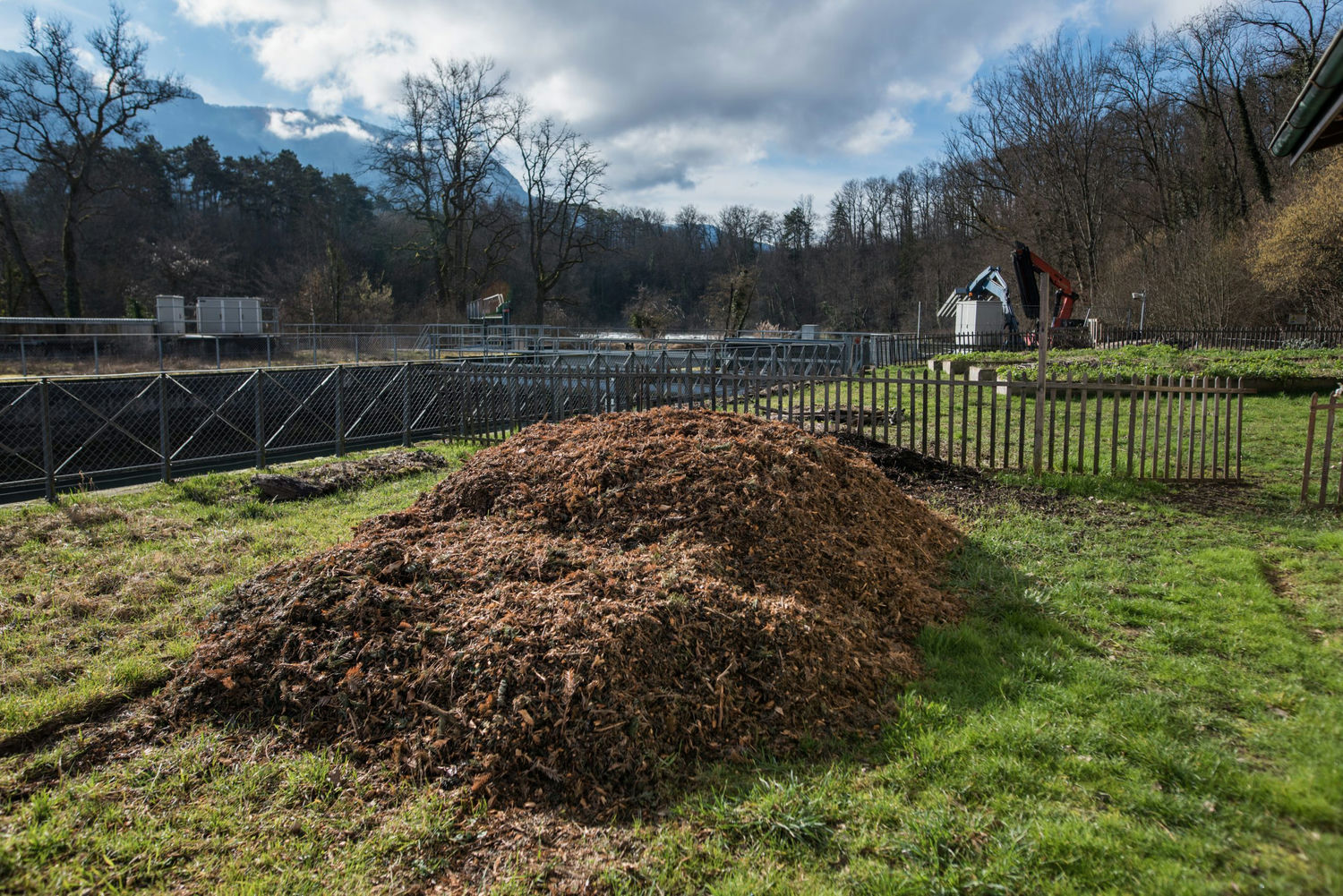
How much organic matter in the vegetable garden at the end of the season? Mo calculator
You will find below 2 tools to calculate the quantity of organic matter to add according to the surface area of your garden.
NB: These tools give you an approximation (based on data from the MSV network and La ferme Cagnolle), they do not necessarily reflect reality for all cases (soils, climates, latitudes, biologies of different soils…) but they give a good scale of magnitude. Please note that this calculator does not include manure. The massive application of manure is not recommended, as it can lead to problems of nitrate pollution.
Dry matter calculator to increase organic matter content
Results :
Organic Matter Calculator
Feed the soil or feed the plants?
-
1) Composting
When compost is added to the soil, it encourages the growth of beneficial micro-organisms and the decomposition of organic matter. These micro-organisms transform the nutrients contained in the compost into fertilizing elements that can be assimilated by plants.
Below, a massive contribution that allows us to obtain good harvests from the first year, regardless of the basic soil.
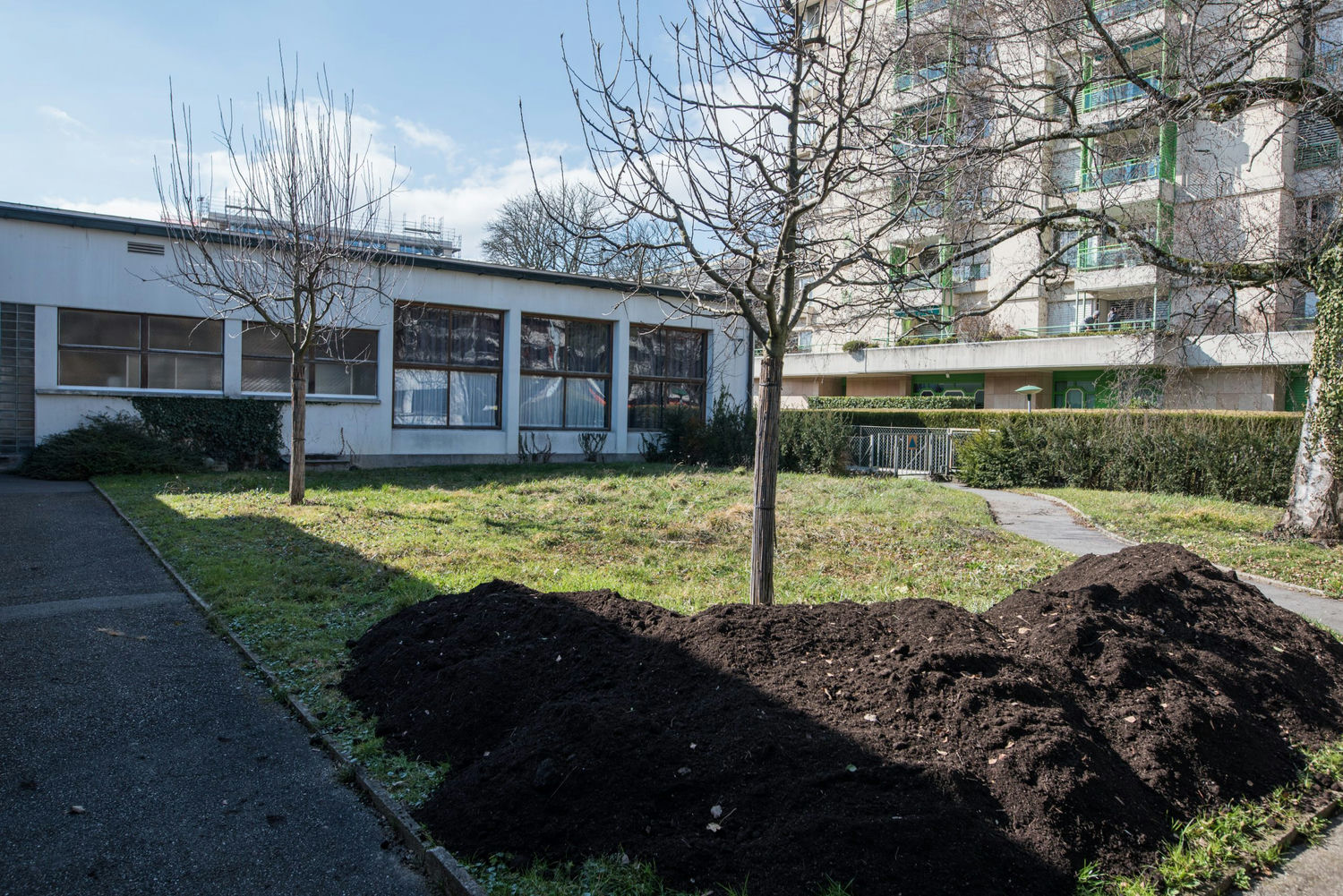
But beware: compost does not improve soil structure! It feeds the plant, but not the soil life and n is not involved in soil structuring.
Below, an experiment conducted by the MSV network. Link at bottom of page


-
2) Green manure
There are also other sources of organic fertilizer to nourish the soil of a vegetable garden. For example, green manures such as legumes (vetch, faba bean) enrich the soil with nitrogen. Cereals (rye, winter wheat, etc.) not only produce straw directly on site, they also limit weed growth and contribute greatly to soil structure.
Below is a plot of green manure (rye, faba beans) ready for destruction (early May).
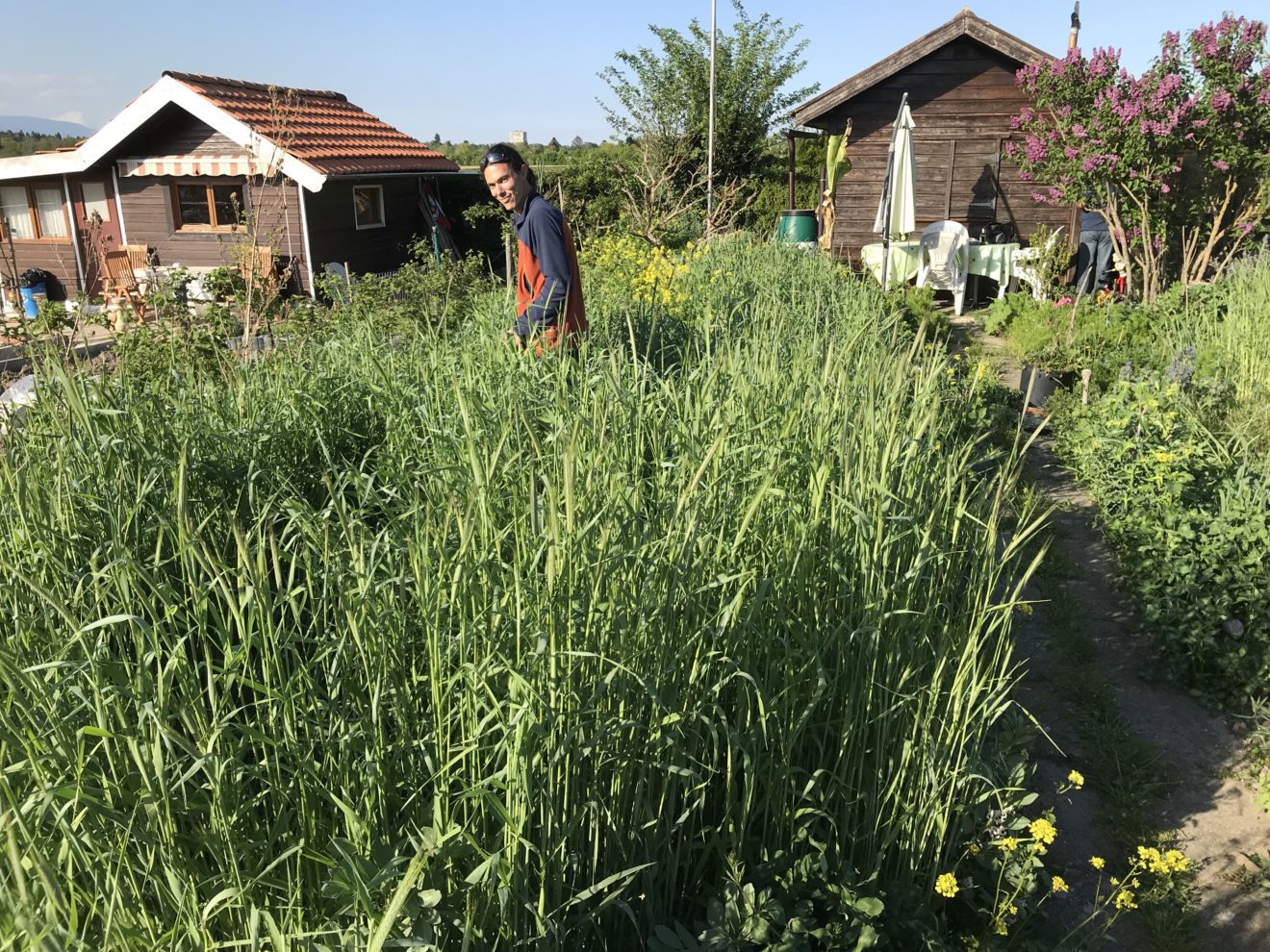
3) Purins
Nettle, comfrey and manure purins are also used as natural fertilizers, rich in micronutrients and bacteria beneficial to soil life. But purins, which are made by dilution, contain mainly water… they can never replace a soil improver. Nor can they maintain the fertility of the vegetable garden on their own.
4) To rotate or not to rotate?
Crop rotation is another effective way of maintaining soil fertility. By alternating plantings and avoiding growing the same species in the same place every year, we avoid depleting the nutrients specific to certain plants. It also helps control pests and weeds.
But crop rotation is not an obligation. I’ve been growing tomatoes in the same area for over 10 years. On the other hand, I have to feed the soil in this area much more than in the one where I grow beans or lettuce.
5) Manure
Enriching the soil with organic soil improvers such as compost, manure or straw is also essential. These amendments provide trace elements and minerals that nourish plants and maintain soil vitality. However, too much manure can lead to soil blockages and nitrate pollution.
6) Synthetic fertilizers
It’s important to note that the use of chemical fertilizers should be avoided wherever possible, as (in addition to having a deplorable carbon footprint for their manufacture) it can lead to the long-term degradation of soil quality. Chemical fertilizers are often composed of nitrogen, phosphorus and potassium, but they do not contribute to the overall health of the soil and can harm beneficial micro-organisms.
In short, a false good idea developed at a time when the earth seemed limitless…
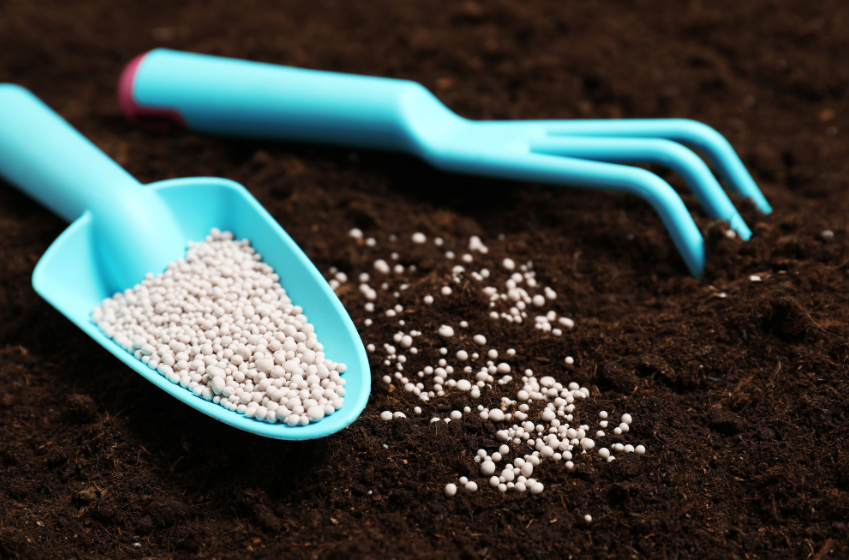
7) Water is life
Finally, regular watering, adapted to the plants’ needs, is essential for maintaining soil fertility. Water brings nutrients to the roots and enables plants to draw nutrients from the soil.
« No water, no biological activity. No biological activity, no mineralization of the Mo. At that point, the plant can no longer feed itself properly.
Mulching, by increasing the Mo content of the soil, will tend to increase the soil’s capacity to retain water. But straw doesn’t make water!
By following these basic practices, I hope you’ll be able to maintain the fertility of your vegetable garden soil. This will enable your plants to grow healthily, flower well and harvest abundantly. Always bear in mind that regular care and enrichment of the soil is essential to ensure a productive, long-lasting vegetable garden.
To sum up:
For improve the soil in your garden you can:
- Rotate crops (but it’s not compulsory) or « recharge the soil » with variable quantities depending on the annual production of a zone. Basically, put more material in the area where tomatoes are grown than in the area where radishes and lettuces are grown.)
- Create and maintain soil porosity by mechanical means (rototiller, grelinette) or biological means (green manure + earthworm work).
- Maintain your earthworm population (feed them and avoid destroying their habitat).
- No water, no life… So keep your floors moist and supple at all times.
- Compost nourishes the plant, shredded material (or any other raw organic matter) nourishes and structures the soil.
Below, the soil of one of our plots (no-till with regular mulching). On the left, the soil of our neighboring farmer, some ten meters away.
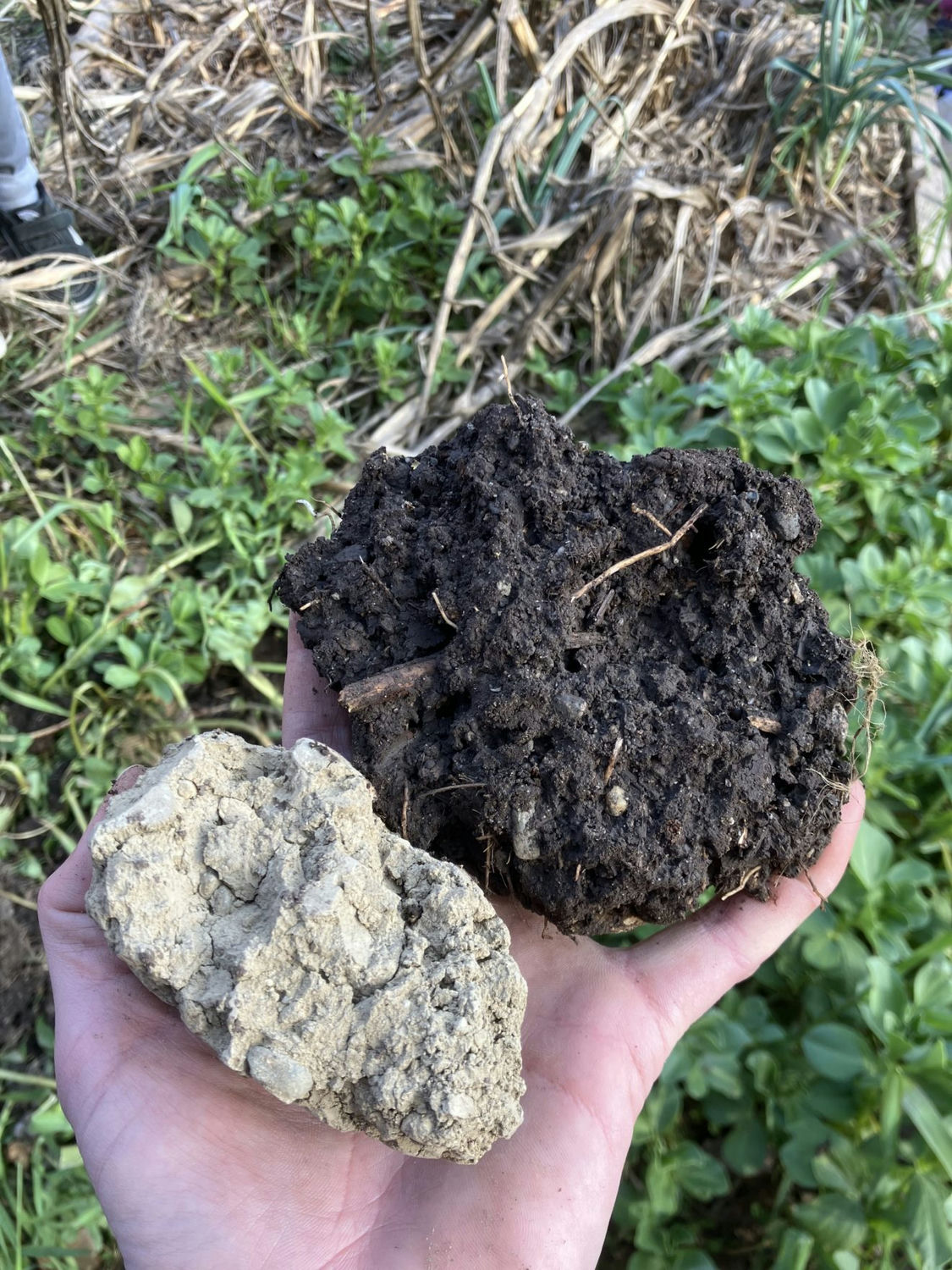
To find out more:
The fundamentals of living soil market gardening, by François Mulet
https://www.youtube.com/watch?v=3Nh14YIVuss&t=6s
The role of carbon in agriculture, by Pascal Boivin
https://www.youtube.com/watch?v=917z47-UgzA
Marcel BOUCHE – 600 Units of Nitrogen thanks to Earthworms
https://www.youtube.com/watch?v=enGc4CLh_is&t=368s
Marc André SELOSSE – Biological functioning of soils
https://www.youtube.com/watch?v=DAOdifyrfp4&t=2846s
Softwood chippings in the vegetable garden
https://paca.ademe.fr/sites/default/files/conseils-broyage-paillage-fiche-4-resineux.pdf
To order green manure in Switzerland: https://www.sativa.bio/fr_ch/engrais-verts
To order green manure in France: https: //www.agrosemens.com/22-jardin-graine-bio-Engrais-Verts
If you’d like to learn about permaculture in Geneva or the French-speaking part of Switzerland, check out our events page for upcoming dates.
Read our latest articles:
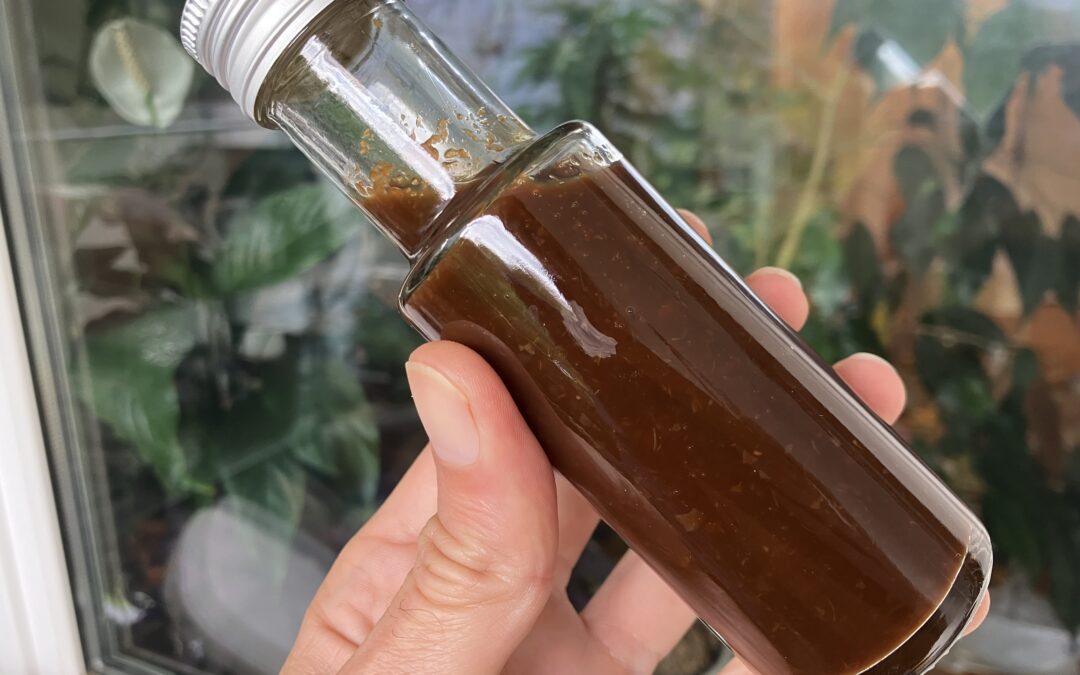
Sauce piments fermentés : Cuisiner les Carolina Reaper
Sauce piments fermentés : Comment cuisiner les Carolina Reaper Les Carolina Reaper sont connus pour être l'un des piments les plus forts au monde, attirant les amateurs de sensations fortes et de saveurs intenses. Préparer une sauce piments fermentés avec ces piments...

Brûlures et Frissons ! Entrez dans l’Arène du Festi’rouge de Genève… Si Vous Osez !
Festi'rouge : Le Premier Concours de Mangeur de Piments à Genève Si vous pensez que manger des piments, c'est déjà une aventure en soi, attendez de découvrir le Festi'rouge, le tout premier concours de mangeur de piments à Genève ! Préparez-vous à voir des visages...

Burns and Shivers! Enter the Festi’rouge de Genève arena… If You Dare!
Festi'rouge: Geneva's First Chili Eating Contest If you think eating chillies is an adventure in itself, wait until you discover Festi'rouge, Geneva's very first chilli-eating competition ! Get ready to see faces flushed, tears shed (from happiness, of course) and...
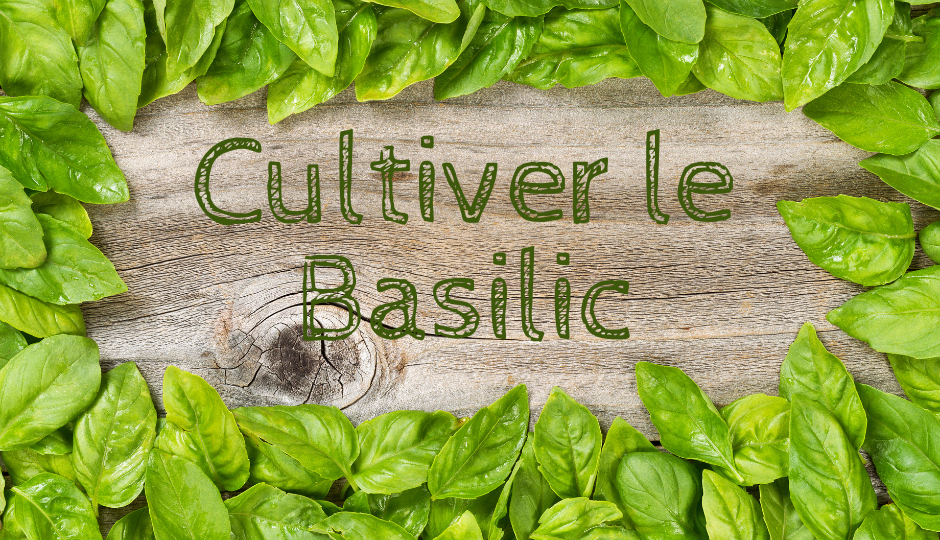
Cultiver le basilic. Le guide complet de l’aromatique incontournable des potagers en permaculture
Cultiver le basilic Le basilic, une plante facile à cultiver. En revanche, avoir de belles productions nécessite un peu de technique. Origine du basilic, culture, récolte, on vous dit tout sur cette plante star des potagers ! Origine du basilic L’origine du basilic...
